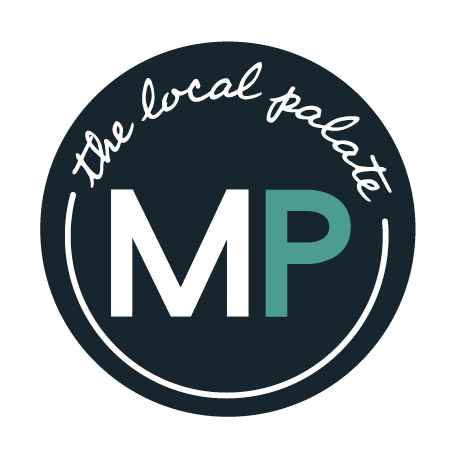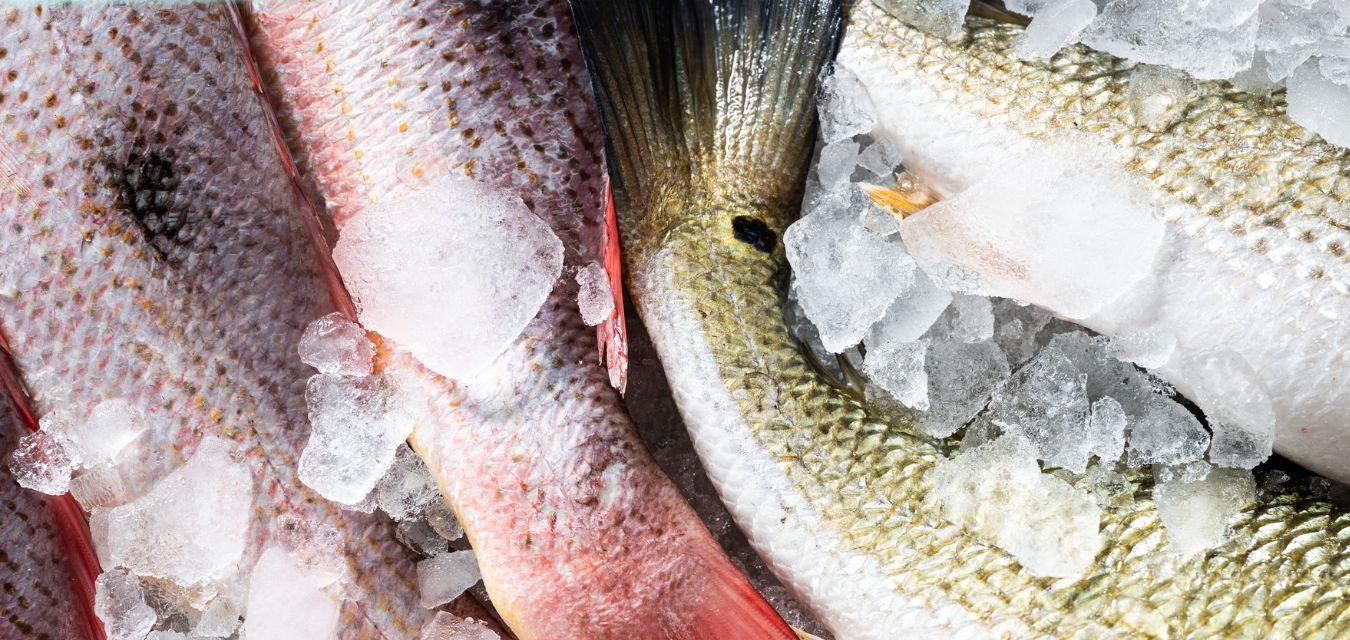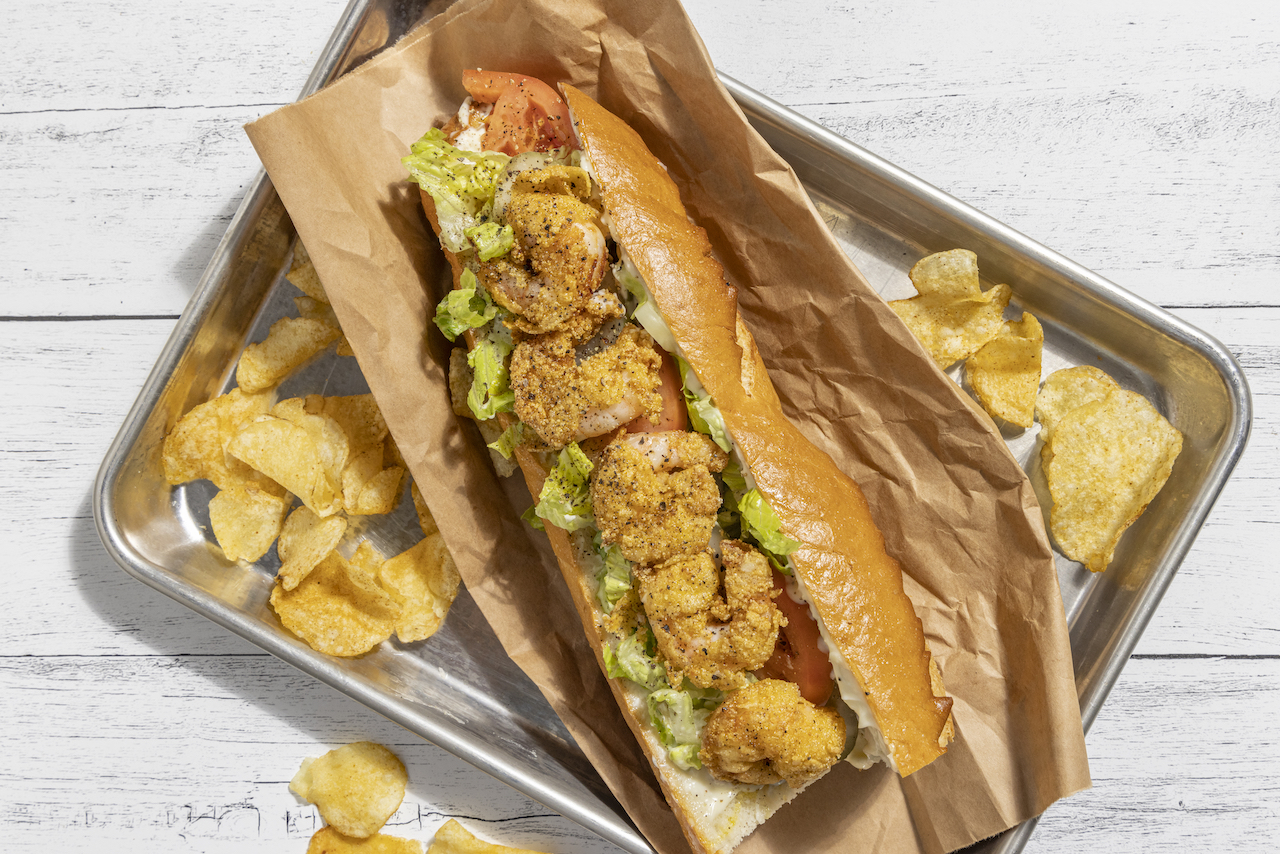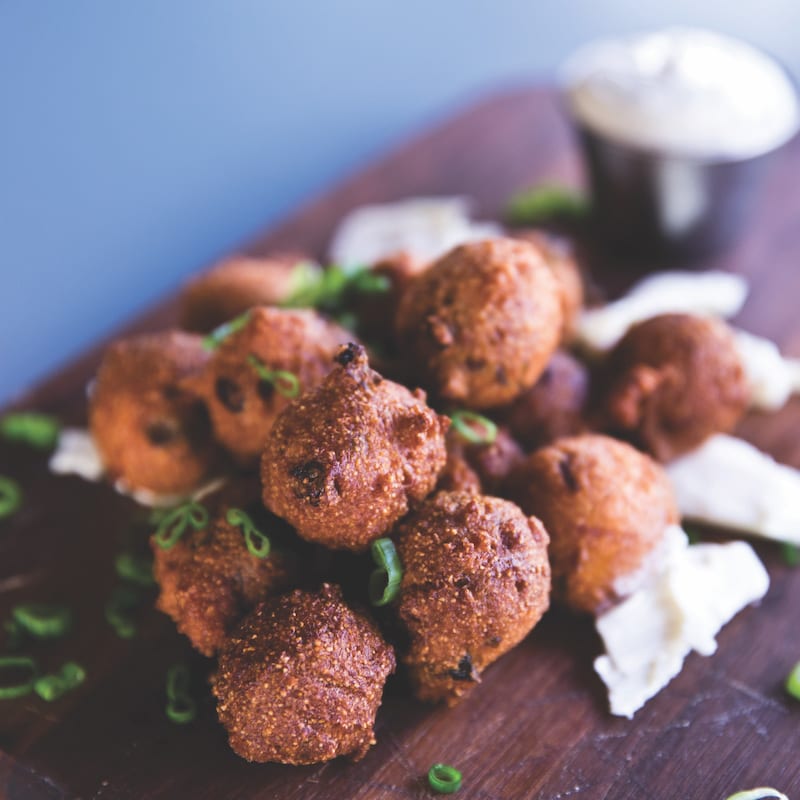A New Orleans fish market and café breathes new life into its local seafood industry
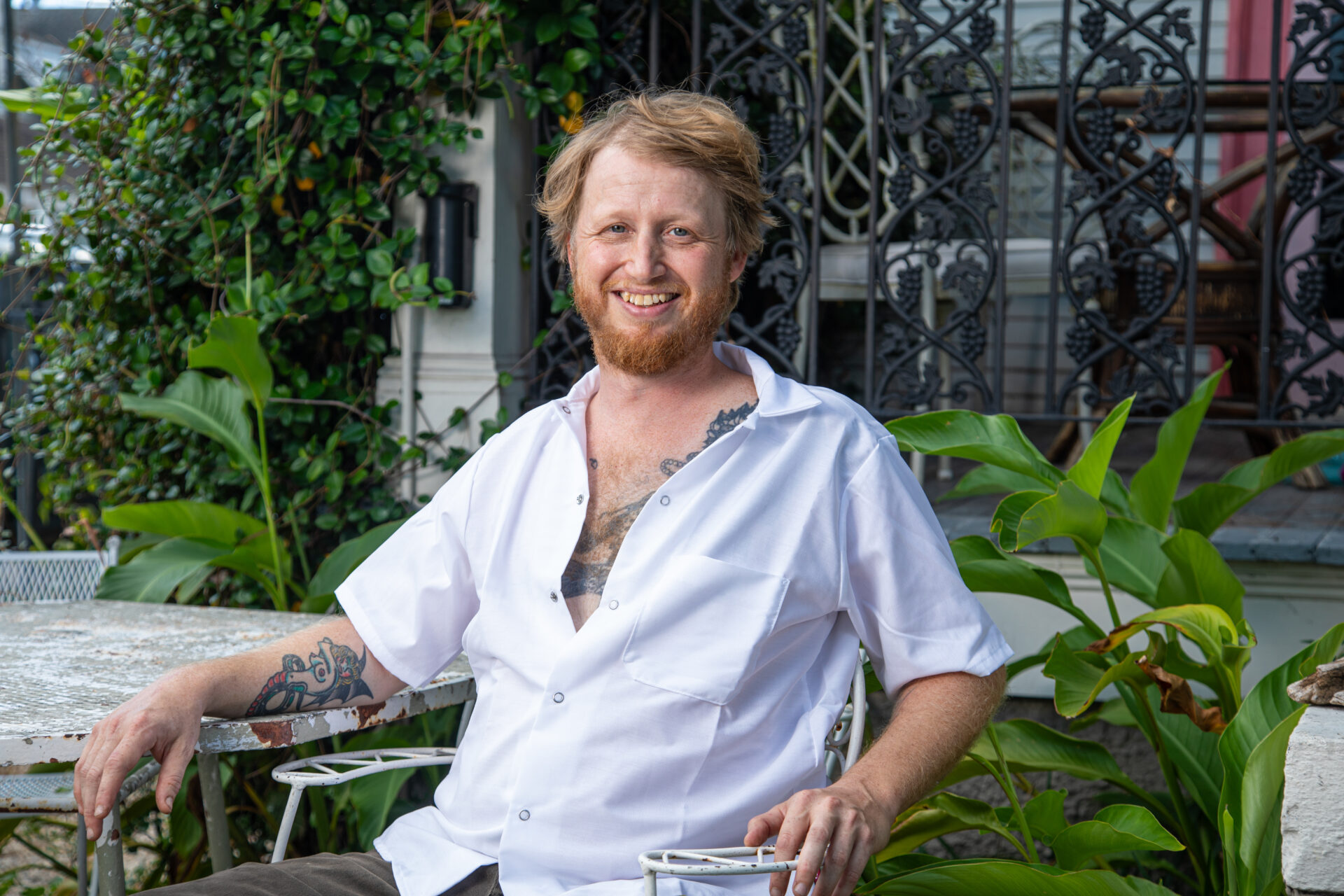
How do you make a collection of fish—pompano and amberjack and yellowfin tuna—look enticing? That, on a weekend morning last spring, was the question at the forefront of New Orleans chef Marcus Jacobs’ mind. Mardi Gras was underway; the crowds were coming. Jacobs is one of the four veteran restaurateurs behind Porgy’s Seafood Market, which opened in January. It’s a shop with a mission: Porgy’s aims to revive the lost tradition that is the local seafood market.
Paul Greenberg, an award-winning journalist who focuses on seafood, has noted that in 1985, fish markets and fishmongers controlled 60 percent of the US seafood trade; by 2005, that number had dropped to 10 percent. The loss is particularly striking in New Orleans, where, despite its location amid the nation’s most productive estuaries, it’s almost impossible to find any fresh-caught, local finfish. What went wrong?
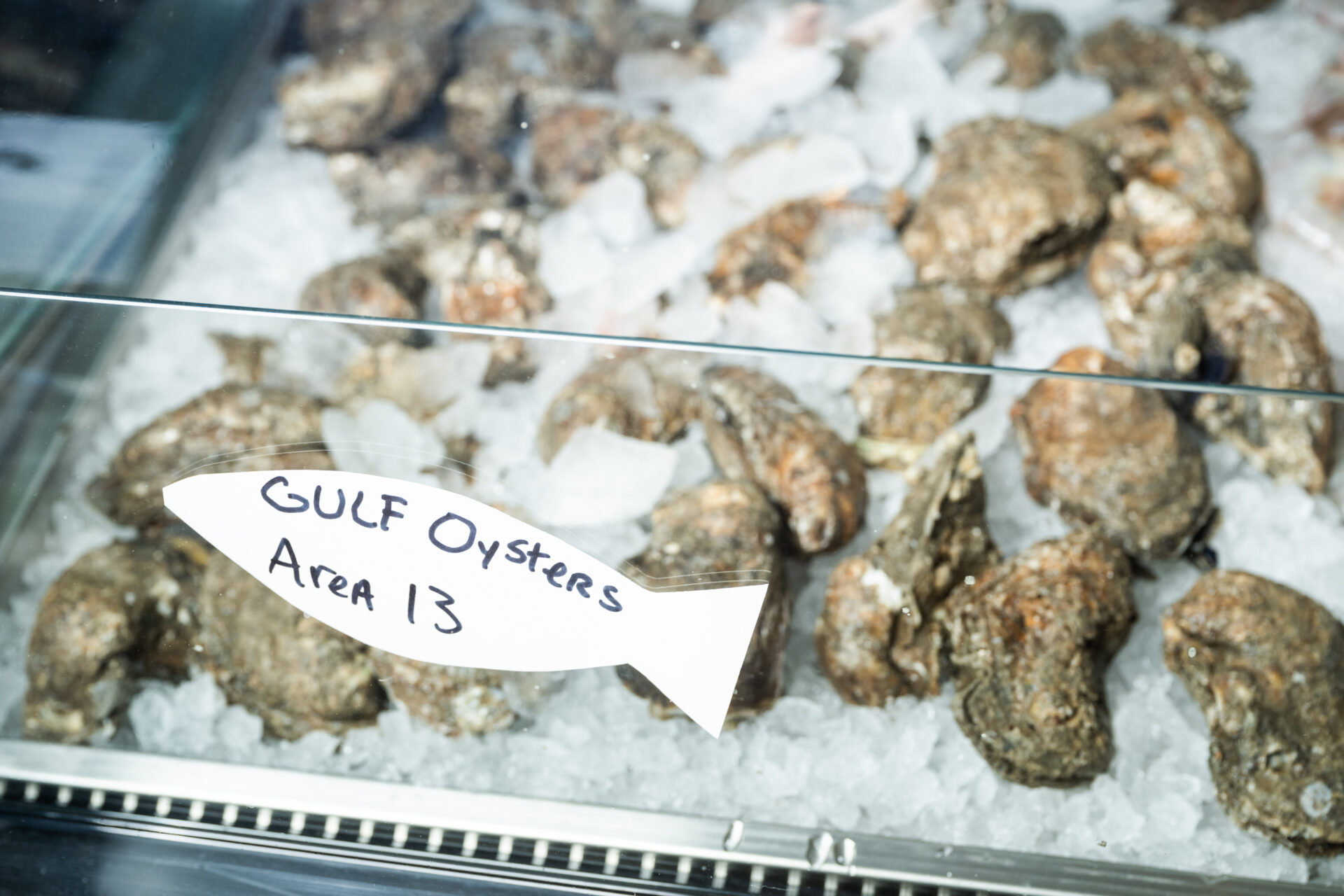
“Imports are a huge part of it,” Jacobs says, as he carves into the day’s catch. Starting in the 1980s, seafood began to pour in from other countries—places where, unfortunately, even when the fish is wild-caught, it’s hard to know whether it’s been harvested legally or without the use of enslaved labor. There’s also the fact that Louisiana is, as its license plates indicate, a “Sportsman’s Paradise.” That same decade, in the name of conservation, powerful recreational fishing groups pushed to restrict commercial fishing. Unsurprisingly, the commercial finfish harvest plummeted over subsequent years. For many fishermen, the devastation of Hurricane Katrina sealed their fate.
In New Orleans, this decline in fishermen has sparked fierce if friendly competition among chefs. At his former restaurants, Marjie’s Grill and Seafood Sally’s, Jacobs connected with a fisherman willing to sell whatever “bycatch” had come in on his fishing boats. To get it, though, he had to be the first to respond to the fisherman’s text messages. The process sparked a friendship with one of his rivals, Dana Honn, who, with his wife and business partner, Christina do Carmo Honn, runs Carmo, a downtown restaurant that features perhaps the most thoughtful and progressive seafood program in the city.
Then, when a longtime seafood market closed, the foursome, including Jacobs’ partner, Caitlin Carney, decided to team up to launch Porgy’s in the space. The restaurant and market is a love letter to the Gulf fisheries—and an intentional lifeline for the struggling local industry. Everything sold is wild caught in the Gulf of Mexico.
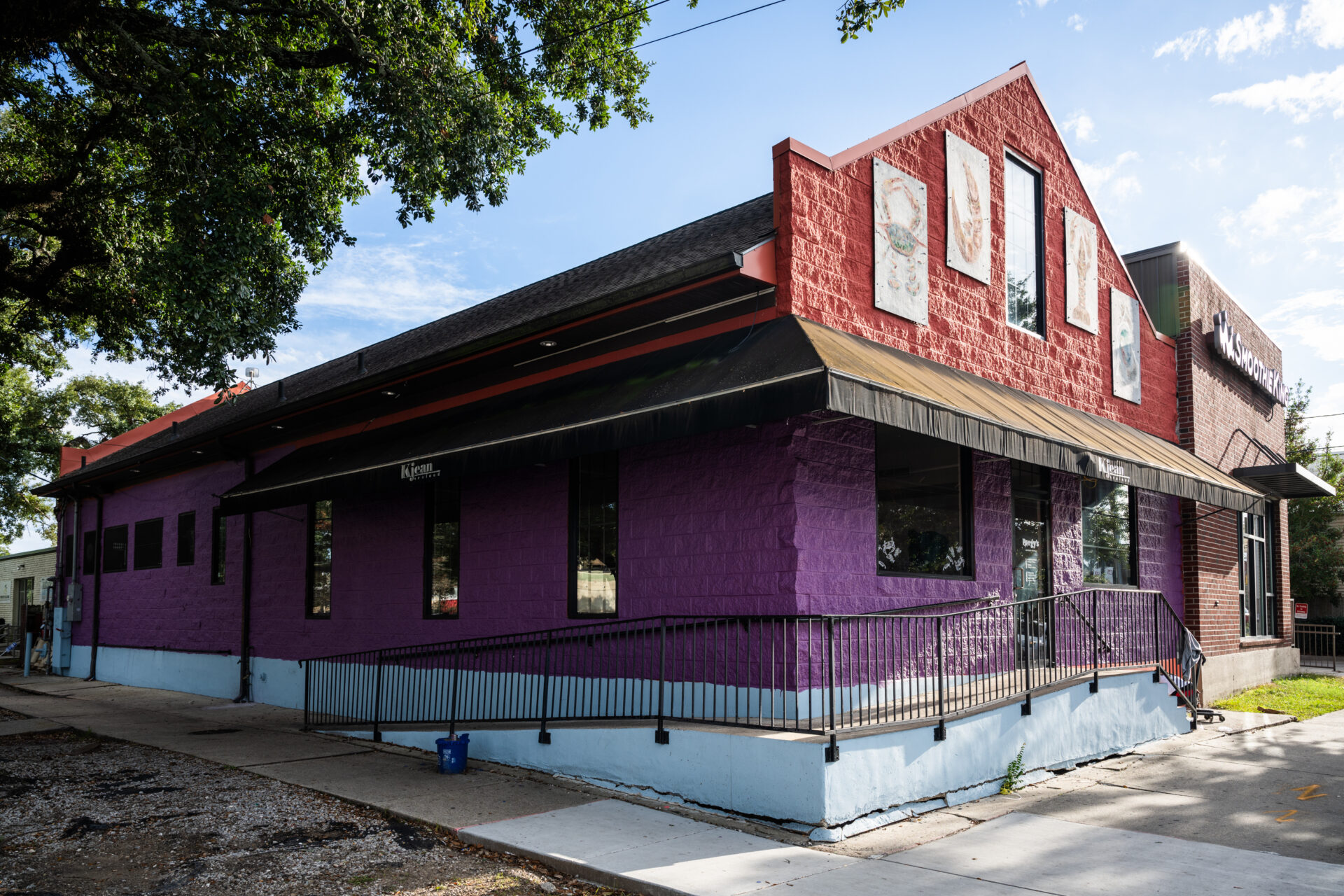
The shop is painted in warm, tropical pastels—a mid-century vibe, carrying us back into an era when this kind of abundance was common in New Orleans and across the coast. Framed photos offer glimpses of the region’s rich fishing history. The menu, too, is classic, featuring boiled seafood, plus the standard po’boys: catfish and shrimp and fried oysters (and, to appease the seafood disinclined, there’s a hot sausage po’boy, too). More adventurous diners can choose from several raw preparations or have anything in the case turned into a sandwich. On one early visit, I wound up with grilled Spanish mackerel po’boy—a revelation about how rich and flaky our local seafood could be. Dana Honn says he doesn’t like to call such fish “bycatch,” a word that emphasizes the oddity of these species. If they’re currently undesired, that does not mean they’re undesirable. It’s just that as diners, we too often focus on a few famous species—and that can lead to overfishing.
“We would prefer to spread the love a little bit,” Honn says. “That gives us an opportunity to build an audience around those—call them bountiful—species.” Honn has other plans in the works, too, including creating a new market for sushi grade Gulf fish by teaching local fishermen a harvesting method known as ikejime. By euthanizing the fish, the method reduces the accumulation of stress hormones, helping preserve the fish and increasing a fisherman’s take by as much as 20 percent.
The chefs concede that one seafood market can’t change everything. But Jacobs notes that seafood tends to be a “dining out” food—one that Americans encounter disproportionately outside of the grocery store. That means Porgy’s might serve as an entry point, a place of discovery that could change the way, person by person, this city eats.
Besides, to Jacobs the project’s biggest goals are local. He lives just a few blocks from the shop, which he hopes becomes a neighborhood hub. “We’re not going to change the world here, but we are going help some people out—and provide good food,” he says, as he spreads a cleaned filet of almaco jack over ice—a fish I had never heard of but which I happily packed to broil that evening. To my eye, at least, Jacobs seemed to have mastered the art of fish arrangement: By the looks of the display, shoppers and diners could feast here for days—which is exactly the point.
Keep Reading
In the Field
The Challenges in Louisiana’s Bayou
As the state’s land-loss crisis threatens fish and fishermen, chefs are looking for what comes next for Louisiana’s bayou.
In the Field
The Story Behind the Shrimp Po’ Boy
TLP heads to the coastal Louisiana to explore the origin story of the shrimp po’ boy, plus a few notable stops to sample the iconic sandwich.
At the Table
Eatymology: Hushpuppy
Fried cornmeal dumplings, served in spherical or oblong shapes, often accompanying seafood dishes.
share
trending content
-
Besting Barbecue Chicken with Elliot Moss
by Emily Havener -
River City Reawakening | Listen
by Erin Byers Murray -
The Ultimate Alabama Dining Guide | Listen
by Jennifer Stewart Kornegay -
6 Must-Visit Music Joints Across Mississippi
by TLP's Partners -
Taming the Flame | Listen

